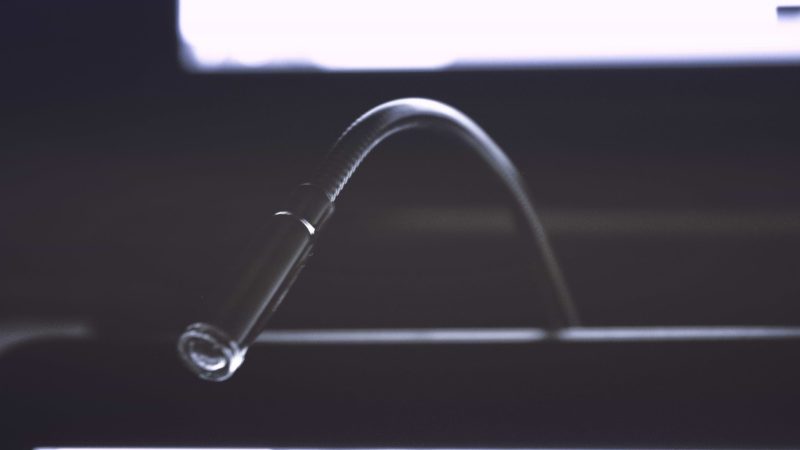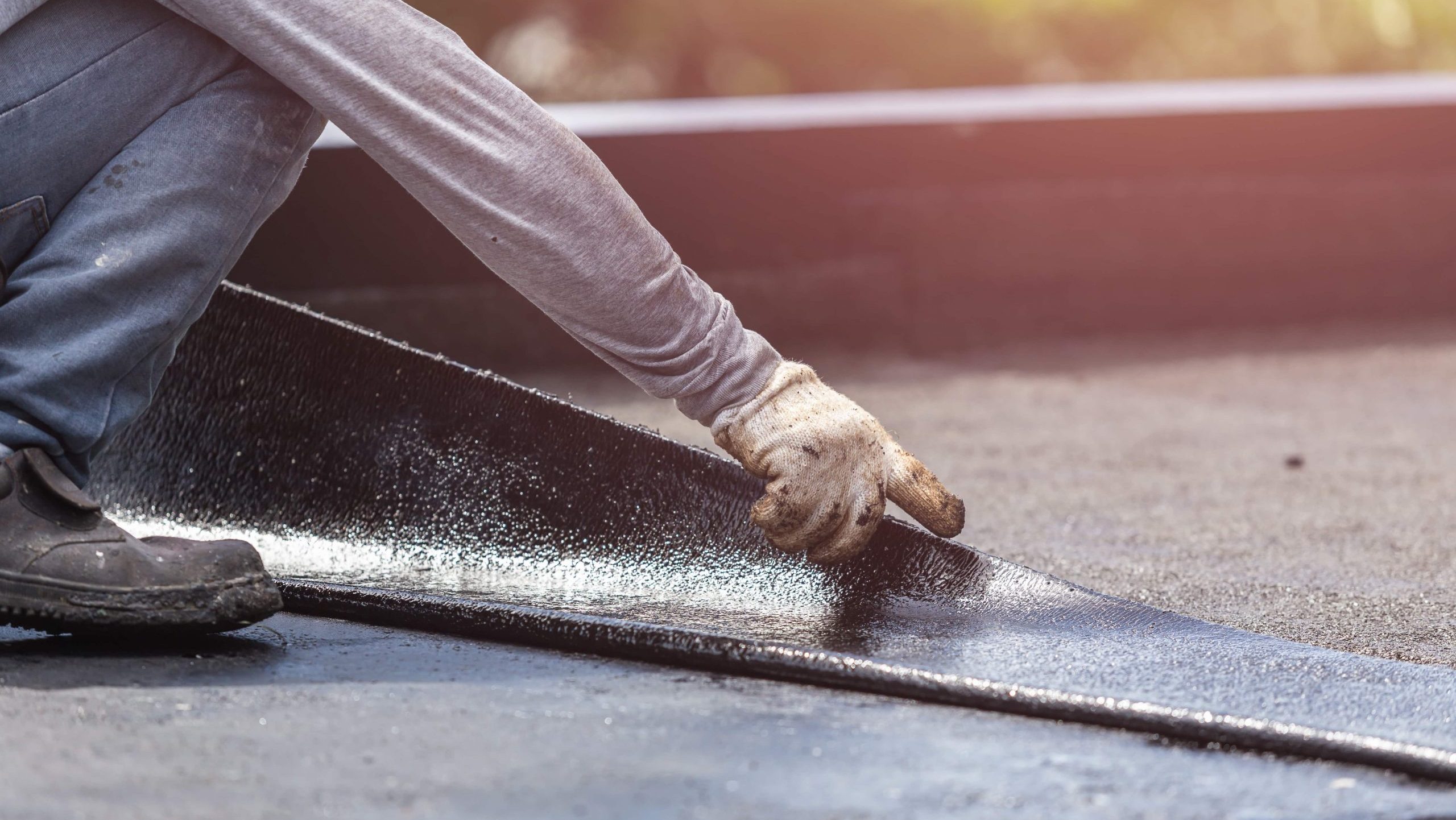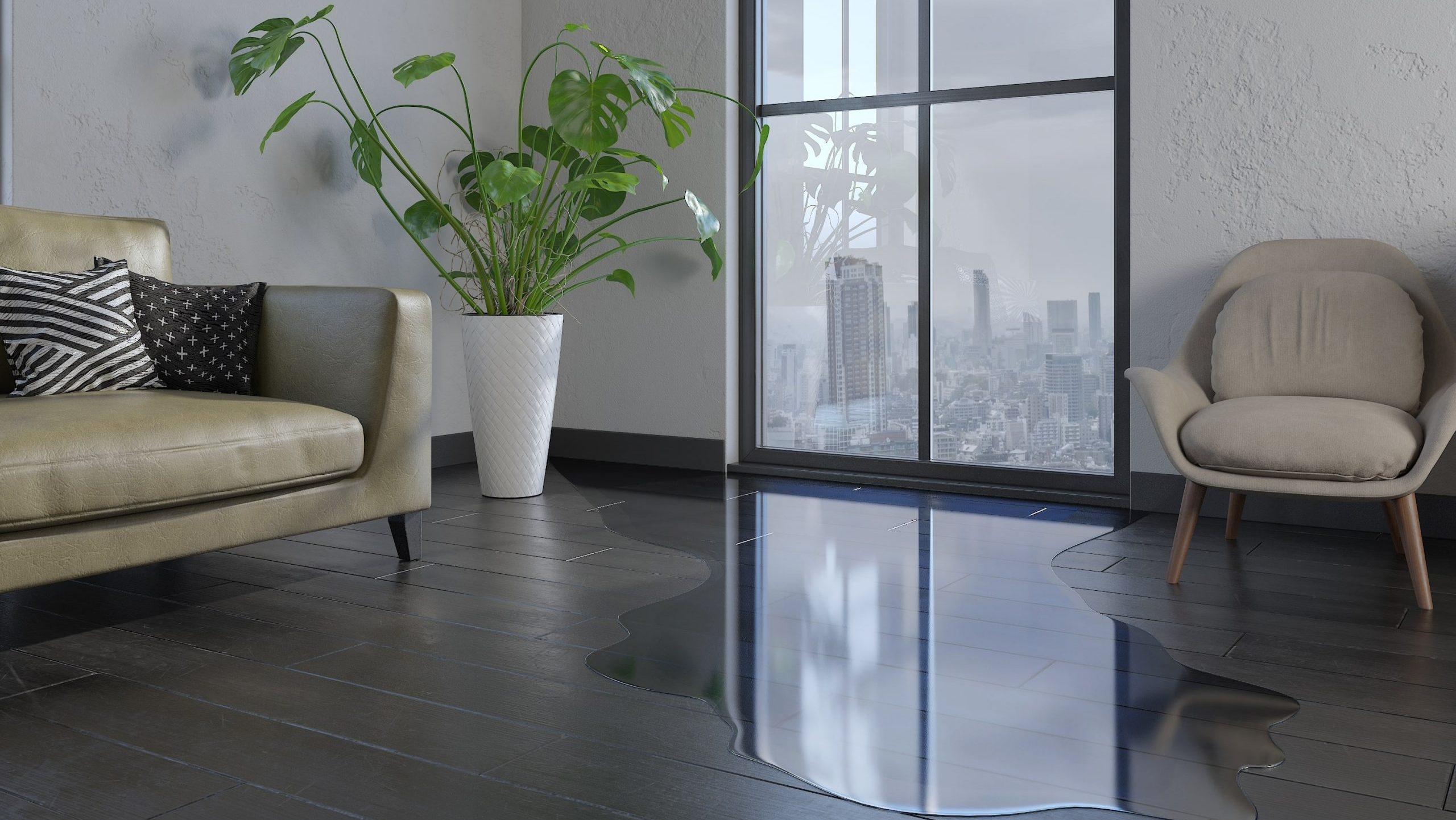In an older post, we listed 6 signs of water leakage you can lookout for from inside your home — some signs being more obvious.
Sometimes, leaks are less noticeable because we aren’t looking for them specifically. This is especially true when the sources are:
Source #1: Tap, Shower or Tub Leaks
A faulty tap, shower head or tub faucet could cost you quite a bit in utility bills depending on how long they have gone unrepaired. Always make sure to turn all valves off completely; so that if you see water still dripping out, you will be able to identify that there is a leak and rectify it immediately.
Source #2: Toilet Leaks
Toilets bowls are one the most common sources of leaks, and usually go unnoticed because the leaks are silent and is less frequented than other parts of the house. If you notice that water is start to seep from underneath the tank lid, remove the lid and check to see what is causing the rising level of water.
It could be:
– the water level is adjusted too high
– the float is damaged and not shutting off the refill valve
– the refill valve (ball-cock assembly) is worn and needs replacement.
Source #3: Pool Leaks
This may not apply to everyone, but if you own a pool, please be alert! Some signs that your pool might be leaking include a significant water level decrease (0.32 cm) or more in a 24 hour period, algae formation (soon after chemical treatment), loose or falling tiles, gaps and/or cracks in the pool shell, or constantly damp soil surrounding the pool and/or under the house.
How can you check if the water level is descreasing? Take a pail and fill it with water. Leave it on the first step in your pool. Mark the current level of water (both inside and outside) and leave the pail for 24 hours. Mark the new levels and measure the differences. If the drop on the outside of the pail is more than the inside, there is a high chance your pool is leaking.
Source #4: Water Supply Leaks
These leaks are often the most difficult to detect, as you don’t have direct access to certain pipes. If you start noticing a surge in water bill and have already checked the house and ensured there are no leaks, here’s what you can do next.
- Record the reading of the water meter
- Make sure no one in the house uses any water for the next 15 minutes (this in includes machines/devices with their own supply).
- Record the meter reading again.
An increase in water usage could be a telling indication that there is a leak in your water supply.
Conclusion
Leakages commonly occur from sources of water in a home, and should not be taken lightly as bills can skyrocket from negligence.
For leaks that stem from Source #1 or #2, most home owners will be able to resolve themselves. That being said, hiring a professional waterproofing contractor or specialist to resolve your water leakage issues is an investment and will guarantee that the job is a job well done; Let us help you protect your household.
Call us today at +65 6677 2233 or email us at [email protected] and we will respond within 24 hours.





